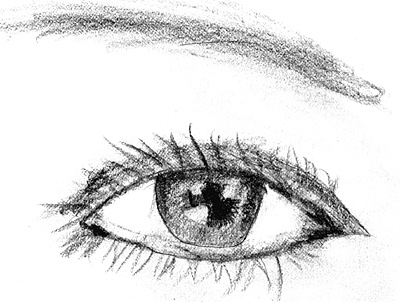All Nonfiction
- Bullying
- Books
- Academic
- Author Interviews
- Celebrity interviews
- College Articles
- College Essays
- Educator of the Year
- Heroes
- Interviews
- Memoir
- Personal Experience
- Sports
- Travel & Culture
All Opinions
- Bullying
- Current Events / Politics
- Discrimination
- Drugs / Alcohol / Smoking
- Entertainment / Celebrities
- Environment
- Love / Relationships
- Movies / Music / TV
- Pop Culture / Trends
- School / College
- Social Issues / Civics
- Spirituality / Religion
- Sports / Hobbies
All Hot Topics
- Bullying
- Community Service
- Environment
- Health
- Letters to the Editor
- Pride & Prejudice
- What Matters
- Back
Summer Guide
- Program Links
- Program Reviews
- Back
College Guide
- College Links
- College Reviews
- College Essays
- College Articles
- Back
Dangers Of Unregulated Cleaners
While completing chores over the weekend, I choked on some of the fumes from a
cleaner I sprayed. This hadn’t been the first time the fumes from the spray had suffocated me.
The cleaner burned in my lungs, and this time I was concerned for my health. I found online the
cleaner I was using, Scrubbing Bubbles, contains banned chemicals that inflame the lungs. I
assumed that a government agency would have regulated consumer cleaners, and was surprised
to find how many cleaners were unsafe. The government needs to take action to inform
consumers and ban toxic cleaners.
The EWG, Environmental Working Group, is picking up the slack and this fall will
release their database of information about cleaners. EWG’s preview, the Hall of Shame, listed
the worst cleaners. Scrubbing Bubbles was in the top five with ten percent DEGBE levels,
which made it banned in Europe. Europe limits aerosol cleaners to three percent concentration
of DEGBE. Human exposure to DEGBE has caused conditions like uremia, which is caused
from abnormally high amounts of nitrogen in the blood. The antibacterial clean Scrubbing
Bubbles provided may have harmed me more than the bacteria would have.
It is safe to say that green cleaners are safe for humans and for the environment, or so I
thought. Cleaners that are labeled “green,” “safe,” and “nontoxic” can still contain dangerous
ingredients. Simple Green Concentrated All-Purpose cleaner, a cleaner labeled “nontoxic”
and “biodegradable,” has chemicals that when absorbed into the skin, can irritate eyes and
damage red blood cells. The spray also contains a mix of chemicals that are banned in Europe.
Companies are falsely labeling cleaners and there are no laws against them.
Some spray cleaners can cause diseases. Asthmagens are released in Clorox, Febreze
and Lysol. Asthmagens cause asthma attacks and new cases. It is unbelievable how some of the
most well known products can have terrible ingredients.
When I started examining the cleaners at my house, I started to notice the lack of
ingredient labels. There is no requirement for ingredients to be listed. Not all cleaners lack the
ingredients, but a few list only some of the chemicals and give vague names. I was unable to
find any information on the Scrubbing Bubbles can or any of the Great Value brand cleaners that
I cleaned with. Companies may not want to share their ingredients, but in all probability, there is
no way that consumers will be able to make the cleaner themselves with all the obscure
chemicals.
Not all cleaners are unsafe, and it is certainly possible to find legitimate green cleaners.
There are other options for cleaning like homemade cleaners. Many different homemade
cleaners can be derived from ingredients like baking soda, vinegar, rubbing alcohol, laundry
detergent, and dish detergent. Having an understanding of the ingredients that makes up the
cleaners will also teach people how cleaners work and which combination of chemicals works
best for different situations.
Consumers expect cleaners to be safe and regulated. Serious health risks can result from
exposure to the chemicals in cleaners. Cleaners that freshen the air are also giving people
asthma. Why are people willing to handle hazardous materials for shine and smell? Our efforts
to protect against disease and sickness puts us in jeopardy. The government has regulated our
food, children's toys, and our car safety, just to name a few. Having more government
involvement can insure that seemingly safe products, like cleaners, stay safe and minimize harm
to people.

Similar Articles
JOIN THE DISCUSSION
This article has 0 comments.
